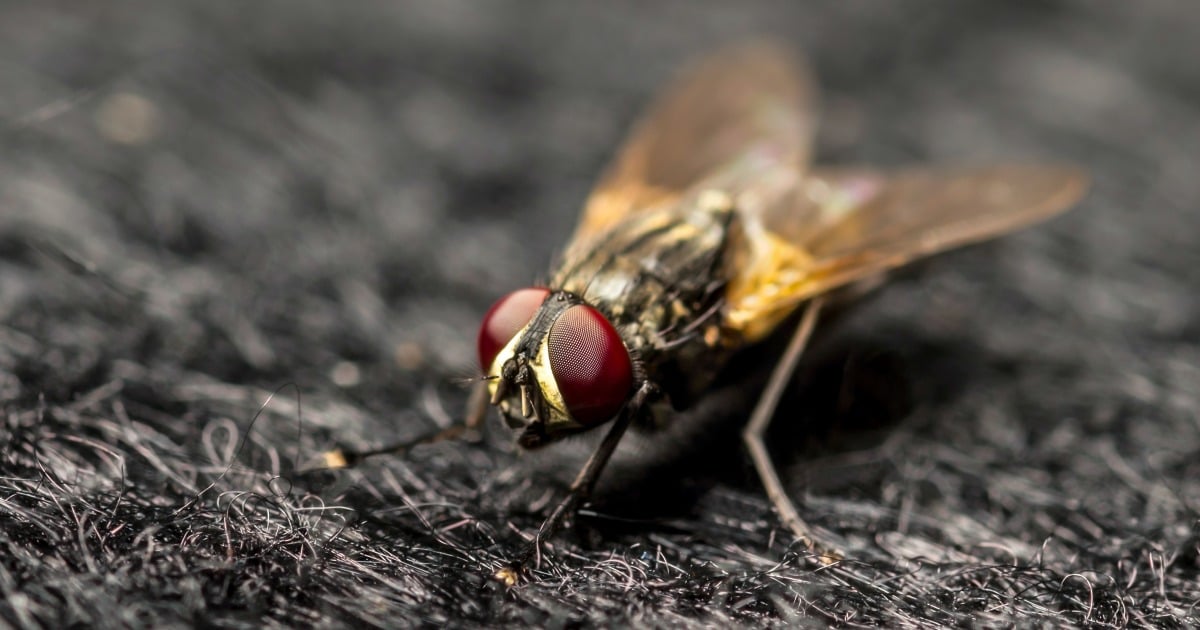Jessica O’Connell, University of Melbourne and Henry James Jackson, University of Melbourne
Insects often scare or disgust us. But a small proportion of people don’t just experience normal fear. They live with the terrifying and unshakeable belief that insects have invaded their body despite medical evidence suggesting otherwise. This is called a delusion of infestation, or delusional infestation.
Delusions of infestation feature in popular films like Bug and A Scanner Darkly. These detail the extreme emotional distress, preoccupation and conviction with which the characters believe insects have infested them.
Although delusional infestations of insects are most commonly reported, some people report infestations of parasites, larvae, worms, fibres and even small animals.
Many people believe these symptoms are a side-effect of substance use, where they are known as “coke bugs” or “meth mites”. Government public health messages about the dangers of “ice” promote this view.
But delusions of infestation can occur in the absence of other conditions (known as the primary form and given the name delusional disorder, somatic subtype) or secondary to a range of other conditions such as schizophrenia, mood disorders, dementia and medical ailments.
People with the primary disorder do not have other delusional ideas or thought disorder like people with schizophrenia. If they experience hallucinations (seeing, hearing or feeling things others can’t) then these are only related to their belief of infestation, for instance seeing bugs on their skin.



